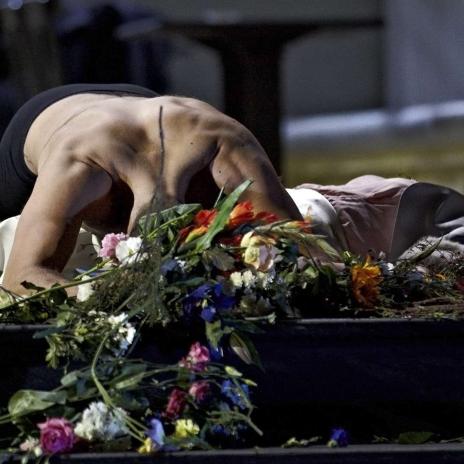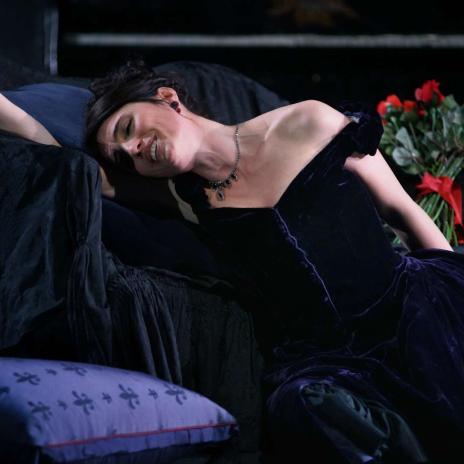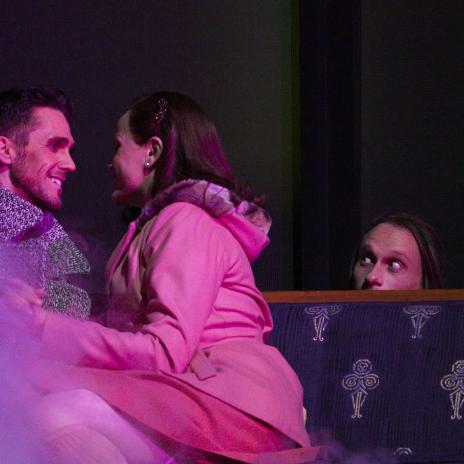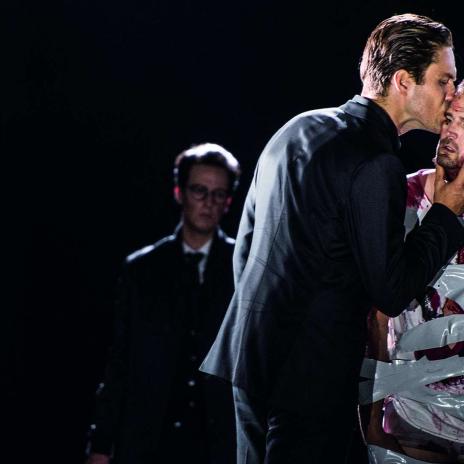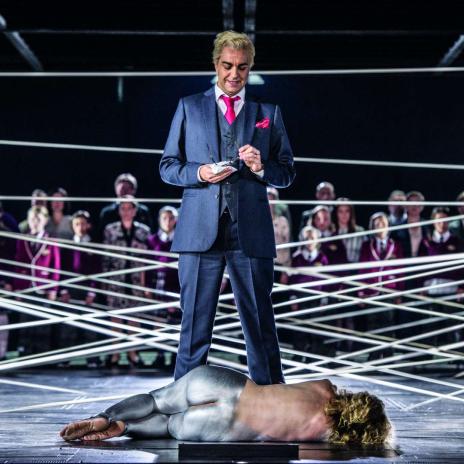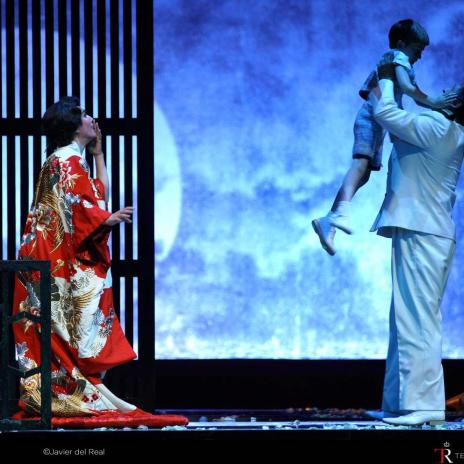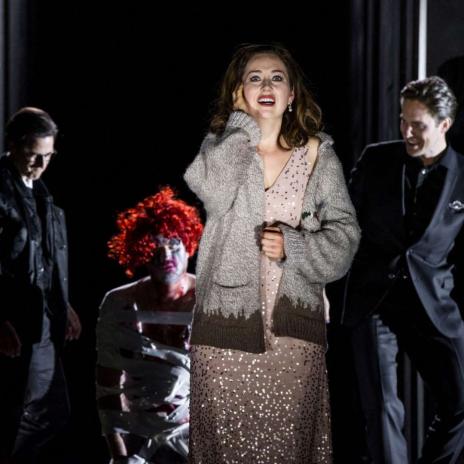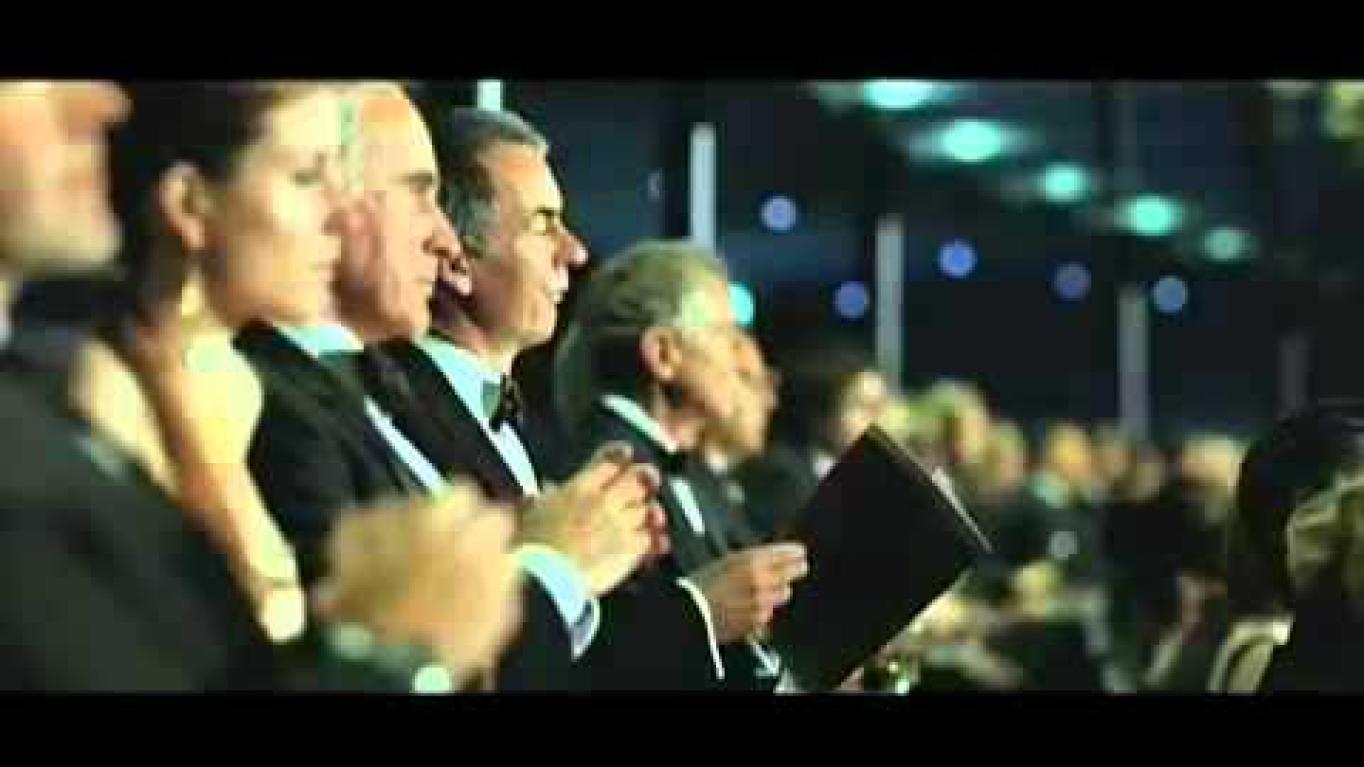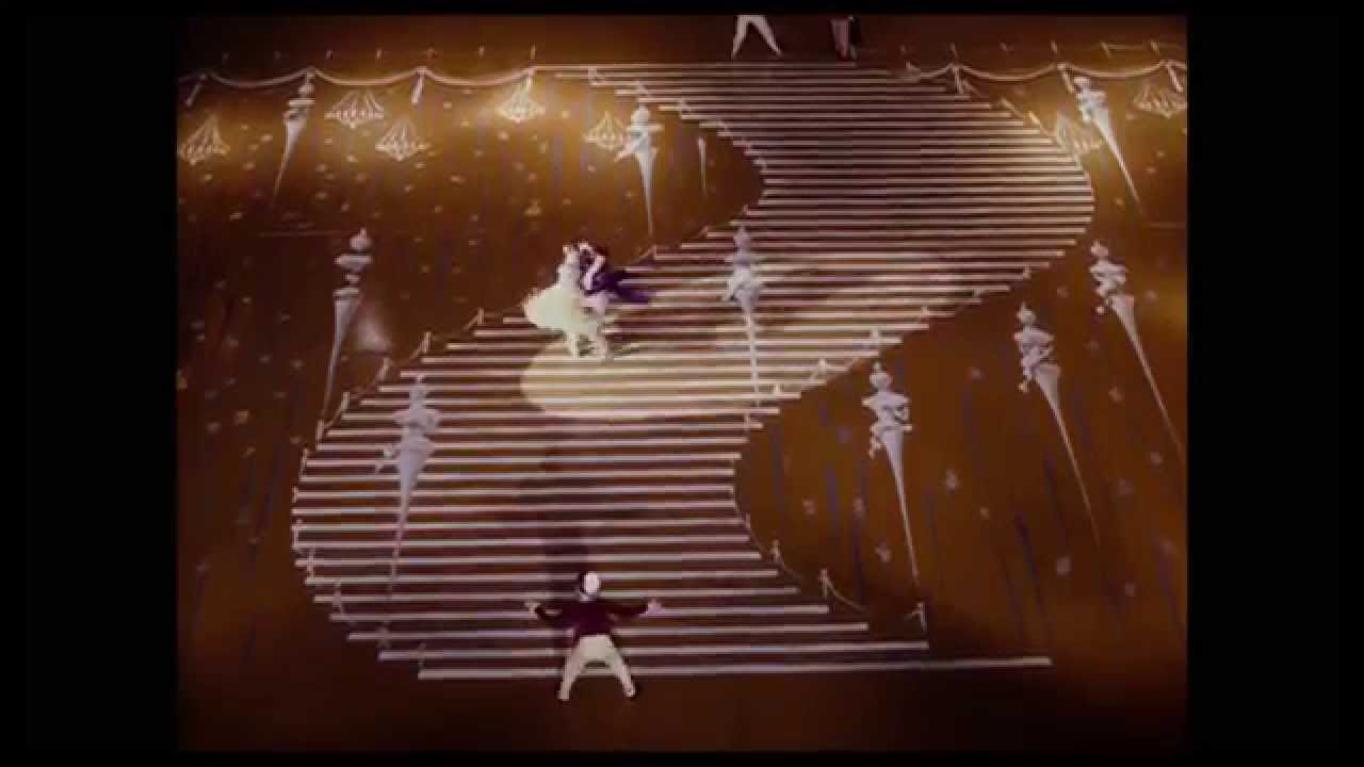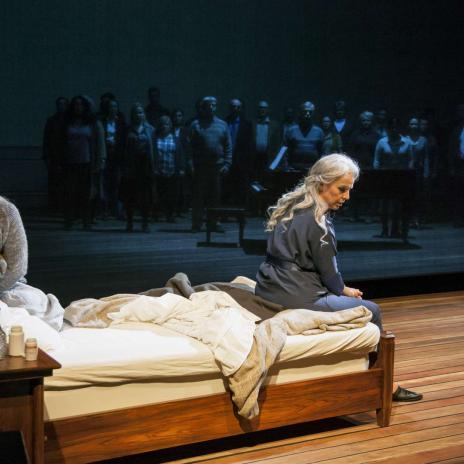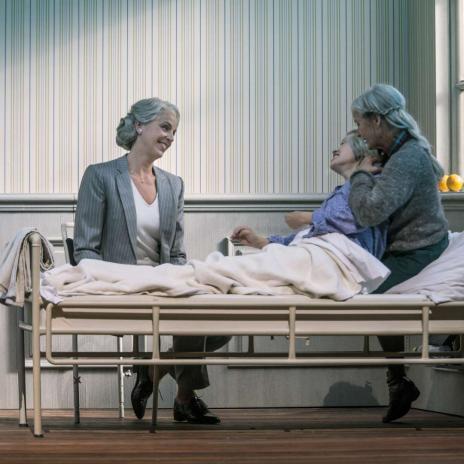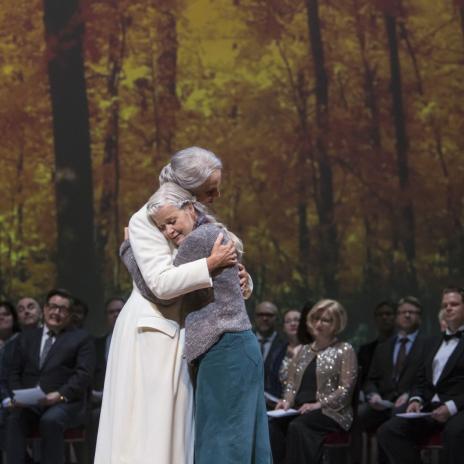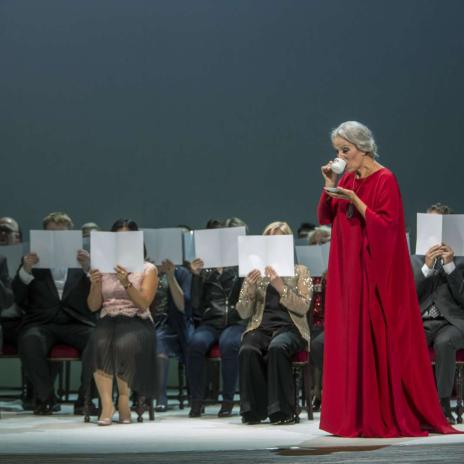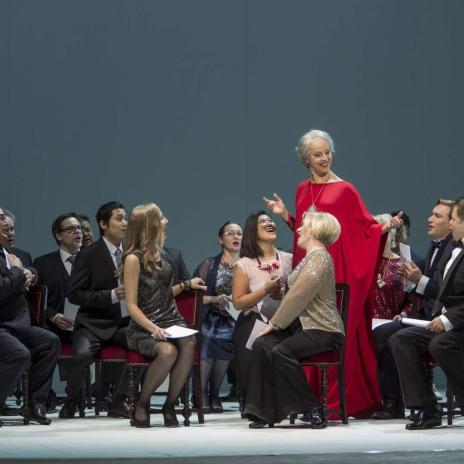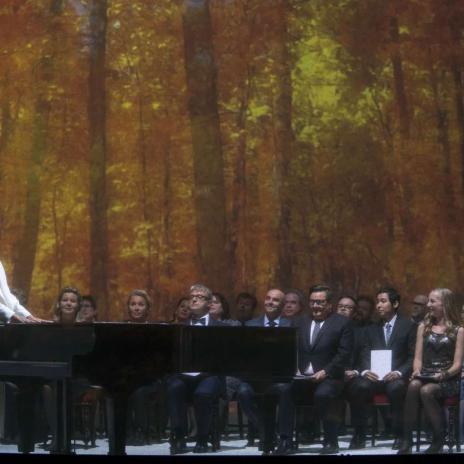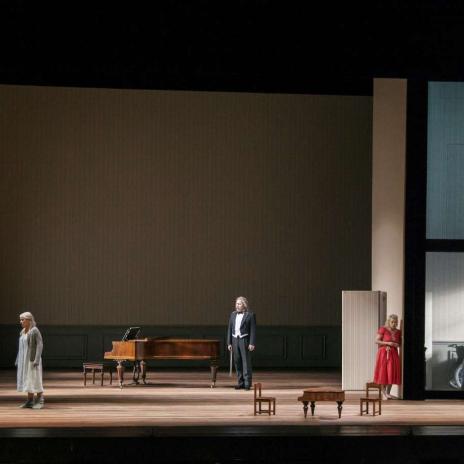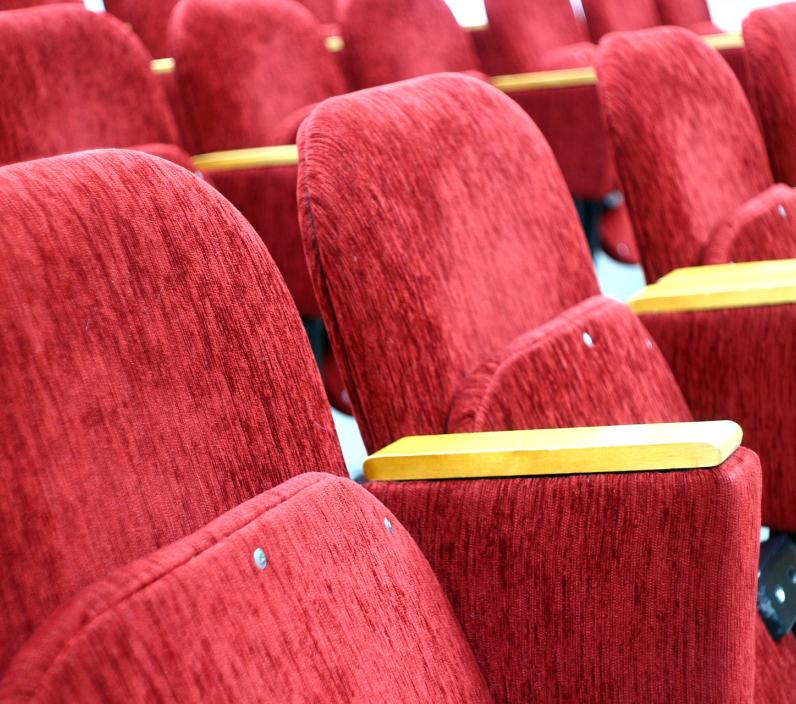

Fatal Attraction: Cinema and Opera
The association between opera and cinema dates back to the invention of film as medium: cinema pioneers Meliès and Edison produced silent films about opera, perhaps hoping that the prestige of the operatic medium would help forge a reputation for the nascent film industry. Opera and cinema have a lot in common: in fact, they use music, theatre, dance and other art forms at once. In this, they both fulfil in Wagner’s aesthetic idea of the total work of art (Gesamtkunstwerk).
Cross-referencing and mutual inspiration have brought about several interesting experiments.
Prelude: literature adapted to both cinema and opera
Traditionally, the most important source of stories for both the opera and cinema is literature. Now just as in the past, great novels have provided boundless material for the screen and the opera stage: just to quote a few example, Camille (Verdi’s La traviata / Baz Luhrmann’s Moulin Rouge!), Pygmalion (My Fair Lady – opera and film adaptation), or l’ Ecume des jours (adapted with the same name by Michel Gondry for the screen and Edison Denisov for the stage).
Opera and cinema have many convergences. Not only has cinema dethroned opera since the Second World War in many fields such as the spectacular, the imitation of the real, but also in that of "glamour" (...) they are however very different arts even if the cinema has finally seized the functions fulfilled hitherto by the opera. These differences are due to the direct interference with the public which does not exist with the cinema.
Act 1: Opera in cinema
Cinema has a longstanding fascination with the operatic medium. Opera has been used both as a setting and as a subject for cinema. From romantic comedies to action films, opera scenes appear in a variety of genres. Whatever the film, scenes set in or around the opera tend to represent a climactic moment in the plot. In James Bond’s Quantum of Solace (2008), one of the most important action scenes, set during a performance of Puccini’s Tosca in Bregenz, closely mirrors what is happening on stage – execution and jump into the void included. In Amadeus (1984), the premiere of Le Nozze di Figaro – as retold by Antonio Salieri’s character – makes the emperor yawn, marking a change in Mozart’s fortunes.
Cinema also has the capacity to extend the visual elements of the opera: cameras can zoom in and out of facial expressions, visual props can be constructed, montage can alter the meaning of a scene. Far from substituting for the operatic experience, opera-based films provide a different, complementary take on the operatic repertoire: they become a genre of its own, which has been labelled the ʽopera-filmʼ. The Tales of Hoffmann (1951) by Powell and Pressburger take the viewer to a phantasmagorical world filled with technicolor animated dolls, courtesans and mad scientists.
Losey’s filmed version of Don Giovanni (1979), set in Venetian villas in and around Vicenza constructed by the Italian architect Palladio in the 16th century, juxtaposes the two artists’ revolutionary power, finding new political and spiritual meanings for their work.
More rarely, opera has provided cinema with plot inspiration: in Cronenberg’s M. Butterfly (1993), the director draws from the themes of orientalism and forbidden love in Madama Butterfly, setting the action in 1960s Beijing.
Act 2: Cinema in the opera
With the exception of Alban Berg’s Lulu (directly inspired by Pabst’s 1928 silent film Pandora’s Box), adaptation of films into operas is quite a new development of the operatic world. It is however a quickly growing genre: more and more film-based operas are being commissioned. In the same way popular novels were chosen in the 19th century as plots for operas, nowadays composers turn to popular or relevant texts to attract the audience: for example Thomas Adès, in his highly successful operatic take on Luis Buñuel’s Exterminating Angel (2016). Ingmar Bergman’s work has proven to be a favourite, with two of his films been put to music (Autumn Sonata by Sebastian Fagerlund and Persona by Keerlin Makan). This should not surprise anyone, considering that the Swedish director of intimate, chamber-like films was a great opera fan and had himself directed the opera-film The Magic Flute (1975)!
Epilogue
In the future, cinema and opera are bound to become more are more intertwined. While opera is fighting for relevance in the 21st century with new music produced, and cinema is slowly giving away its predominant role to premium on-demand TV, the two media can ally to give rise to new forms of art, integrating the codes of each other to create something that can become larger than the sum of their parts.
